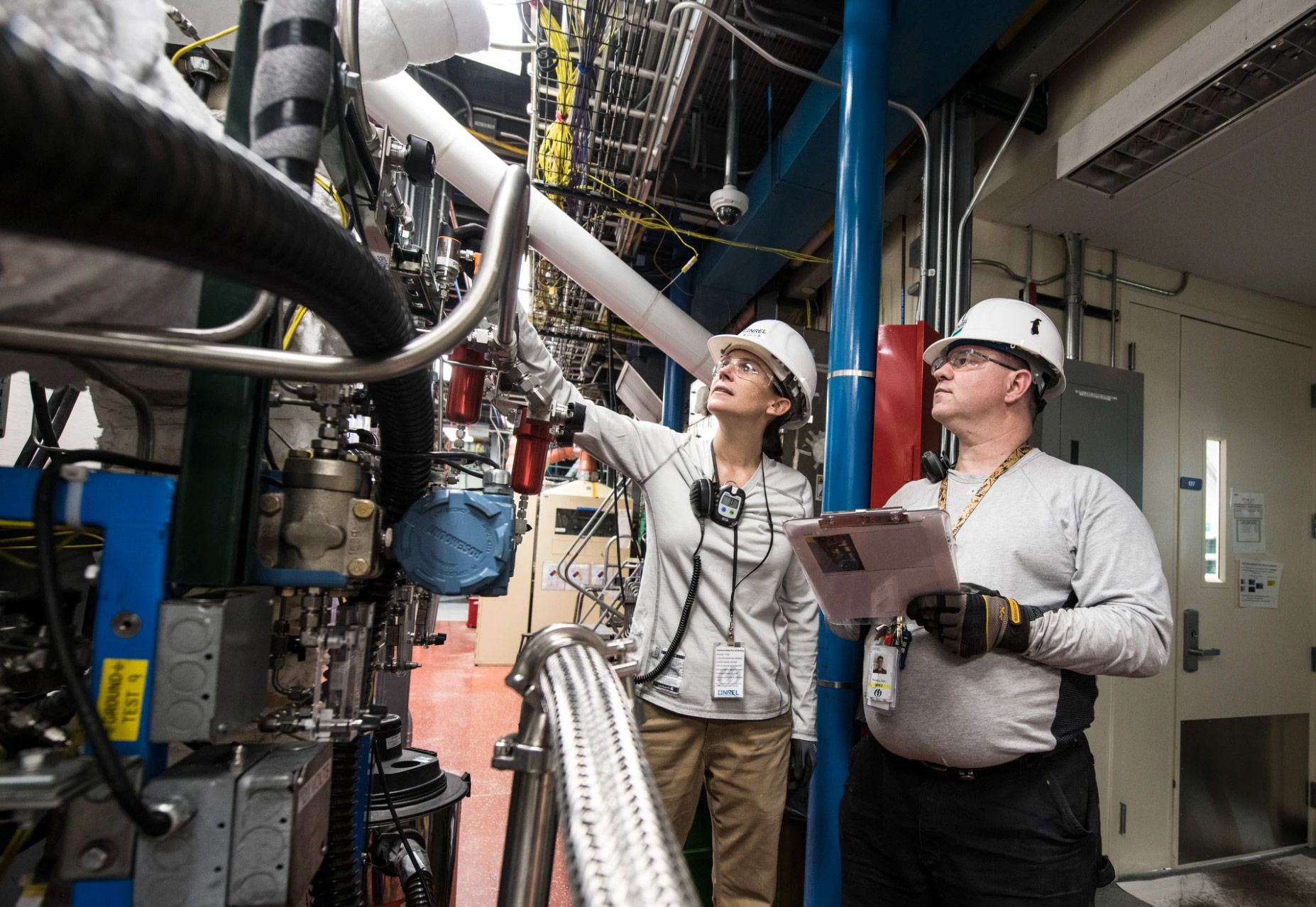From disparate data to dealing with many small assets, in this mini-series, we look into the most common issues and constraints that industrial plants face when it comes to improving operations through data.
Data Scarcity
When it comes to implementing AI, there are certain challenges that industrial plants face. One of the most common perceived challenges of AI adoption that we encounter is data scarcity; the perception that the plant is not data-rich can hold many operators back from unlocking its full potential. Perhaps there is no SCADA system in place to amass vast quantities of data through a multitude of sensors. Or, perhaps, there are enough sensors in place to rival Formula 1 technologies, but the data has never been recorded, labelled and collected.
“It is a capital mistake to theorize before one has data. Insensibly one begins to twist facts to suit theories, instead of theories to suit facts,” said Sir Arthur Conan Doyle's iconic character Sherlock Holmes.
He was right. Well, kind of.
You’d be forgiven for thinking that to improve a plant through AI adoption, vast historic datasets are necessary in order to form valuable and actionable insights (insert clichéd quote about understanding the past to predict the future here). But while it is advantageous to have historic records for condition monitoring systems with more straight-forward applications, it is by no means a quintessential element to unlocking potential through AI. One of our earlier blogs focuses on extracting value from brand new sensors where no historic data is available (https://www.ada-mode.com/insights-blog/new-sensors). This application of unsupervised machine learning can deliver valuable insights into plant condition, arming operators with the information they need to make informed decisions. With more scope to tailor solutions to exact needs, starting from a blank canvas can actually uncover different and more beneficial opportunities. It can and open up insights and methodologies that may have never been considered before.
Look Deeper
For those sceptical as to whether data can really improve operations, let’s consider that sensors and/or data generators are relatively standard to most plants, even old ones. While you may think that these outputs are only useful, or indeed used when something breaks down, they can hold hidden data, provide tremendously valuable information and double as data collection points, giving all plants the potential to become data-rich. A good example of this is Ada Mode’s development of a leak detection model that could predict the speed of a steam pump, based on valve position, steam temperature and steam pressure. This information could be used to infer whether the current leak condition was worsening or staying stable, resulting in a reduced maintenance cost of >£100,000.
Another example is the use of acoustic logging data for the detection and location of leaks in water networks. The current accuracy of this technology is only around 60% but this could be significantly increased through extracting more features from the audio signal using a machine learning engine. Additional data or instrumentation isn’t required, just more sophisticated data processing. Our blog, here, explore this in more detail.
From preventing downtime to reducing unplanned maintenance and faults, the data you already possess can be leveraged through machine learning to detect patterns and refine processes beyond what was ever possible with legacy statistical analysis software. Whether the goal is to run more efficiently or indicate developing issues, even if no historic data is available the developed algorithm can start tracking and building a picture of what good looks like (or a benchmark at least) quickly.
This may require some operator involvement and input around baseline scenarios of the plant, however, if the plant begins to deviate from this position, operators can soon gain significant insights into the condition of the plant and change the operations for the better. As this process goes on, often a positive feedback loop is unlocked. Based on new insights, you make a change to the plant, which changes how it behaves, this, in turn, gives more data for the tool’s algorithms to unpick and understand, building an even richer picture and the quality of insights you are getting.
AI adoption can be a challenge, but with a little preparation and some digging, every plant can identify and implement an AI solution to make efficient operations elementary.
Interested in learning more about the improvements we have been able to unlock? Have a particularly puzzling problem to solve at your plant? Get in touch – it’s what we do best!


